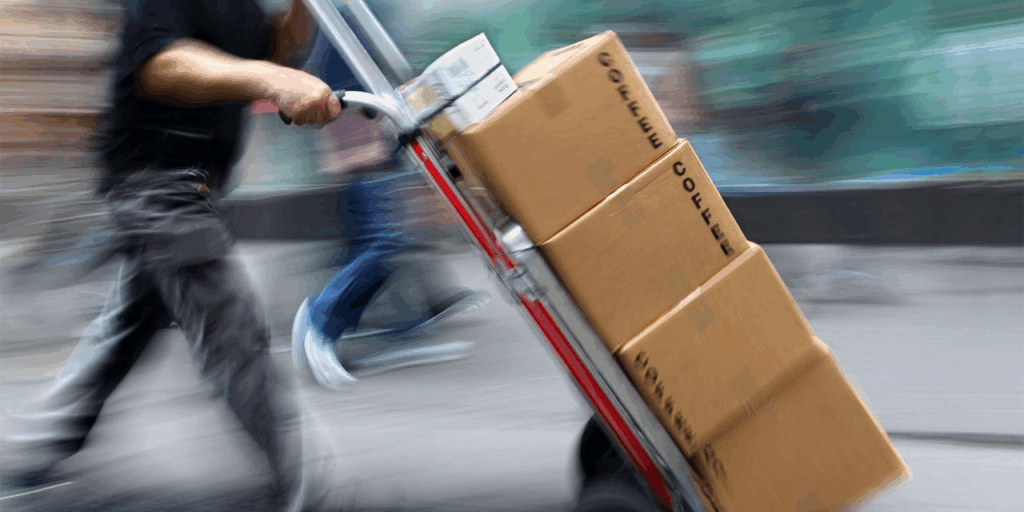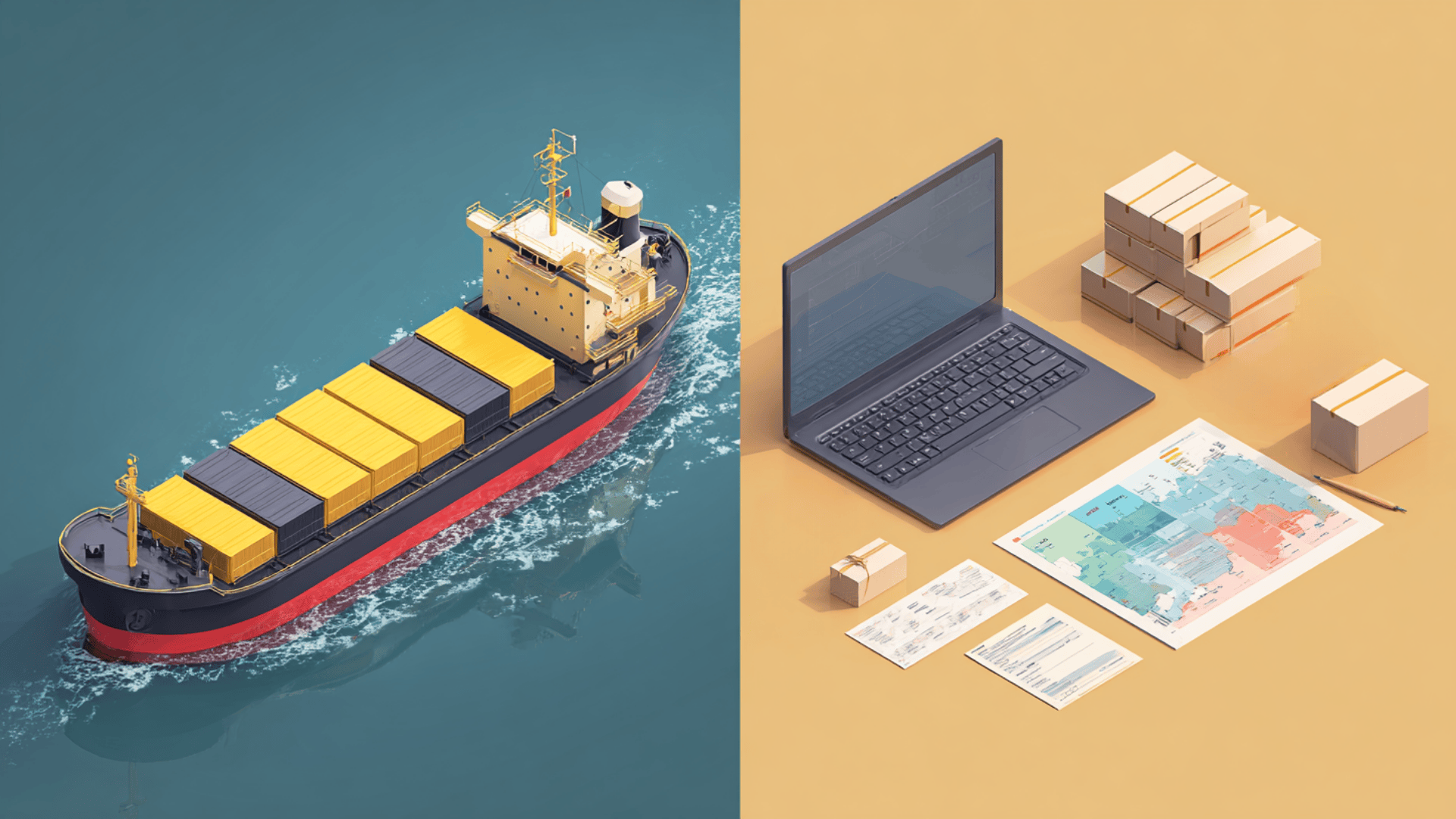Free vs Paid Global Logistics Track Platforms: Which One Is Right for You?
Global Logistics Track Platforms are no longer a “nice-to-have.” They are a core tool for brands moving parcels across regions, managing returns, and keeping customers updated. Choosing between free and paid platforms is not just about cost—it’s about service reliability, compliance, and cross-border shipping visibility. Some teams grow well with free tools, but others need advanced logistics tracking solutions that save money through fewer delays and faster refunds.

1. What Global Logistics Track Platforms Do
Global logistics track platforms clarify international shipping by solving three big problems: fragmented data, inconsistent updates, and weak returns processes.
1.1 Unifying Data Across Carriers
Parcels often pass through postal operators such as USPS, Royal Mail, or CTT, as well as commercial couriers like Evri or FAN. Each has its tracking system, forcing teams to juggle multiple portals. A platform consolidates all these updates into a single, real-time timeline. This unified view saves hours and reduces errors, making it easier for businesses to keep customers informed.
1.2 Standardizing Events and Exceptions
Carriers use different codes to describe similar events, creating confusion for support teams. Platforms translate these codes into a universal status flow—Created → In Transit → Customs → Out for Delivery → Delivered. More importantly, exceptions like missed pickups, customs delays, or failed deliveries are flagged clearly. Instead of guessing, teams can act quickly and provide accurate updates.
1.3 Supporting Returns and Compliance
Modern platforms don’t stop at delivery. They also simplify returns with customer-friendly portals, QR code labels, and OOH options such as lockers or parcel shops. On the compliance side, they generate proof-of-export documents and store HS codes, helping brands recover duty or VAT more efficiently. These advanced features separate free tools from paid systems, turning logistics platforms into full-service solutions for cross-border trade.
2. Free vs Paid Logistics Tracking: Pros and Cons

2.1 Strengths of Free Platforms
- No subscription cost, easy to try.
- Basic tracking pages for customers.
- Simple Shopify or WooCommerce plug-ins.
- Enough for small DTC brands shipping a few thousand orders per month.
2.2 Weaknesses of Free Platforms
- Limited carrier coverage.
- Delayed updates; no predictive ETAs.
- Manual returns; refunds take longer.
- Weak reporting and limited API access.
2.3 Why Paid Platforms Add Value
- Multi-carrier integrations across dozens of regions.
- Predictive ETAs built from lane history and holidays.
- Automated exception playbooks to reduce WISMO tickets.
- Full cross-border shipping visibility with customs data and duty claims.
- Returns automation: refund on first scan, OOH drop-off, and branded portals.
3. Cross-Border Shipping Visibility: The Deciding Factor
3.1 Why Visibility Matters
Shipping across borders creates risk, such as customs delays, misrouted parcels, or missed SLAs. Without visibility, support teams can’t explain delays, and customers lose trust.
3.2 What Paid Platforms Offer
Paid systems track export/import events, store HS codes, and log invoices. This structured data speeds customs clearance and supports VAT/duty recovery. Free platforms rarely reach this level.
3.3 Example Scenarios
- Free tools work for local deliveries or one-country operations.
- Paid tools win when shipping from Asia to the U.S. and EU, where customs delays are common.
4. Choosing Between Free and Paid Options

4.1 When Free Is Enough
- <3,000 shipments/month in one region.
- Low return rates and minimal cross-border trade.
- Early-stage DTC brands are focusing on cash savings.
4.2 When Paid Is Worth It
- 5,000 shipments/month across multiple regions.
- Customers expect fast refunds and accurate ETAs.
- Complex returns with multiple drop-off partners.
- Need for logistics tracking solutions that integrate with WMS/OMS/3PL.
4.3 Hybrid Approach
Some teams mix both: free tracking for local orders, paid for international lanes. This balances cost with performance.
5. Key Features Checklist
5.1 Must-Have in Any Platform
- Order-to-parcel linking.
- Carrier-agnostic tracking page.
- Exception alerts for missed pickup and idle transit.
5.2 Advanced Features in Paid Platforms
- Predictive ETAs and proactive customer updates.
- Cross-border shipping visibility with customs data.
- Automated refund rules.
- Compliance vault for invoices, HS codes, and proof of export.
- Carrier scorecards: OTD, transit time, and cost.
6. Real Use Cases

6.1 Early-Stage Brand (Free Works)
A DTC fitness brand ships 1,200 parcels monthly within one country. A free tool gives customers a tracking page and basic exception notices—enough for their stage.
6.2 Apparel Brand with Cross-Border Orders (Paid Wins)
A fashion brand ships from Asia to Europe and the U.S. Customs delays were hurting customer reviews. After upgrading to a paid platform, predictive ETAs and automated refunds cut WISMO tickets by 30%.
6.3 Marketplace Seller (Hybrid Approach)
A home goods seller works with multiple 3PLs. Domestic shipments use free tracking, but cross-border orders run on paid features for compliance and visibility.
7. Where Postalparcel Fits
Postalparcel combines the flexibility of free tools with the depth of paid platforms. You can start with basic tracking and branded pages, then scale into predictive ETAs, exception playbooks, and cross-border shipping visibility. Integrations with Shopify, WooCommerce, and 3PL/4PL partners mean you don’t need to rip out your existing stack. With free U.S. shipping for customers and affordable tiers, it’s a practical choice for teams at every stage.
8. FAQs on Global Logistics Track Platforms

8.1 Do I need to replace my WMS?
No. A tracking platform complements OMS/WMS/3PL systems by adding cross-carrier visibility and automation.
8.2 How do I test ROI?
Run one lane for free and another for paid, and compare delivery success, ticket volume, and refund times.
8.3 Can free tools support returns?
Yes, but usually only through manual labels. Paid tiers automate returns, refunds, and OOH options.
Conclusion
Global Logistics Track Platforms are essential for keeping shipping visible and customer trust strong. Free tools can support small teams with local orders, while paid systems deliver predictive ETAs, exception handling, and full cross-border shipping visibility. The right answer depends on scale, complexity, and customer promise. For most growing brands, Free vs Paid Logistics Tracking is not about cost alone—it’s about performance, reliability, and how much value you place on the delivery experience.
Industry Insights
news via inbox
Nulla turp dis cursus. Integer liberos euismod pretium faucibua







